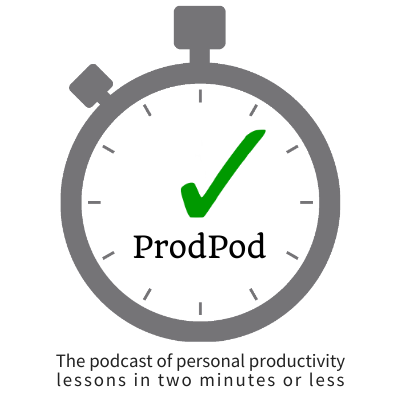Podcast: Play in new window | Download
Subscribe: Apple Podcasts | TuneIn | RSS | More
Google and several other companies have recently convened the Paperless Coalition [http://paperless2013.org] to help you “take the paper out of ‘paperwork!’” In this episode, learn about the Paperless 2013 and go paperless in 2013!
According to their website:
Why should you go paperless?
If you do the quick math, that’s conservatively two billion sheets of paper used every year just in the United States! We know better and we can do better…and the benefits are great for us…greater efficiency and higher productivity at work and at work.
It just takes small decisions and workflow changes. Using tools like Google Drive, HelloSign, and Nitro (which is a PDF creation tool) changes the print and paper chase of working to seamlessly collaborating and sharing documents and file without a single fiber of tree having to be used.
On the flip side, the companies like Lemon Digital Wallet, ShoeBoxed.com and Fujitsu’s ScanSnap help you turn paper into digital files so that you can defeat the paper monster once and for all. The efficiences that can be found by having all your documents in one central, digital repository (even if you do keep the physical paper around for tax, legal, financial or other logical safekeeping).
While not a Paperless Coalition member, I am a big fan of Evernote and use that to capture my paper notebook pages after I go to a meeting so that even though I like the kinesthetic benefits of handwriting notes, I can still go paperless quickly and easily. With the Google Drive smartphone application, you can snap a photo and upload it directly to a Notebook folder as well.
You can find them at paperless2013.org where you can sign up for their monthly e-newsletter with tips and tools. I hope this sparks your interest in going paperless and gets you started toward a Paperless 2013.
According to the US Environmental Protection Agency, the average US office worker uses 10,000 sheets of copy paper each year. In 2010, the amount of paper recovered for recycling averaged 334 pounds for each person living in the US, according to the American Forest & Paper Association.
